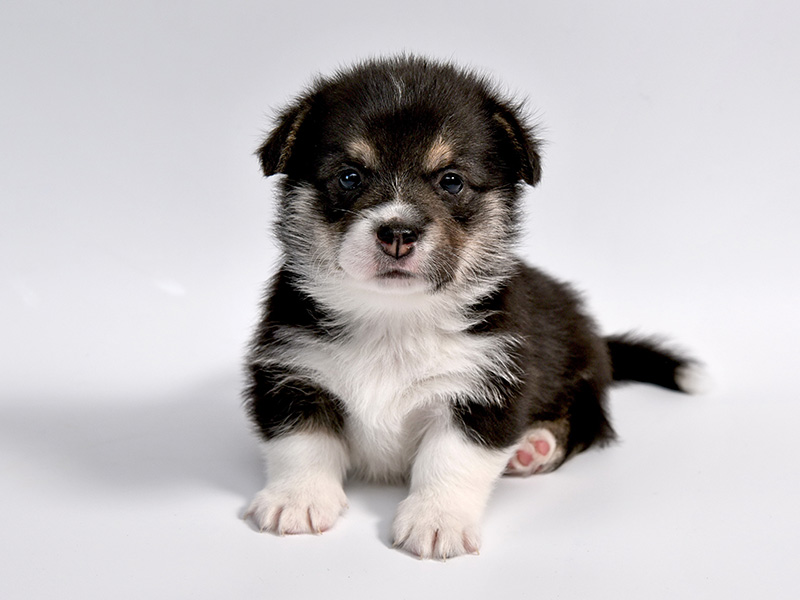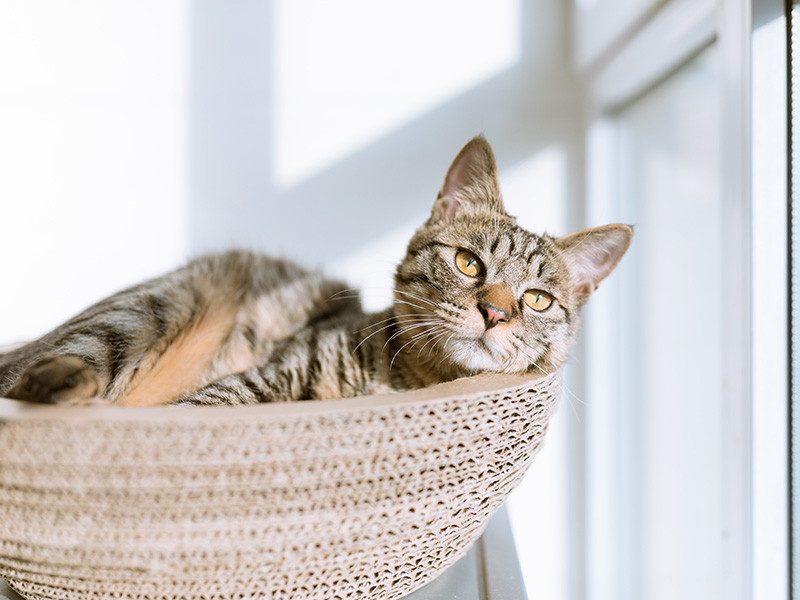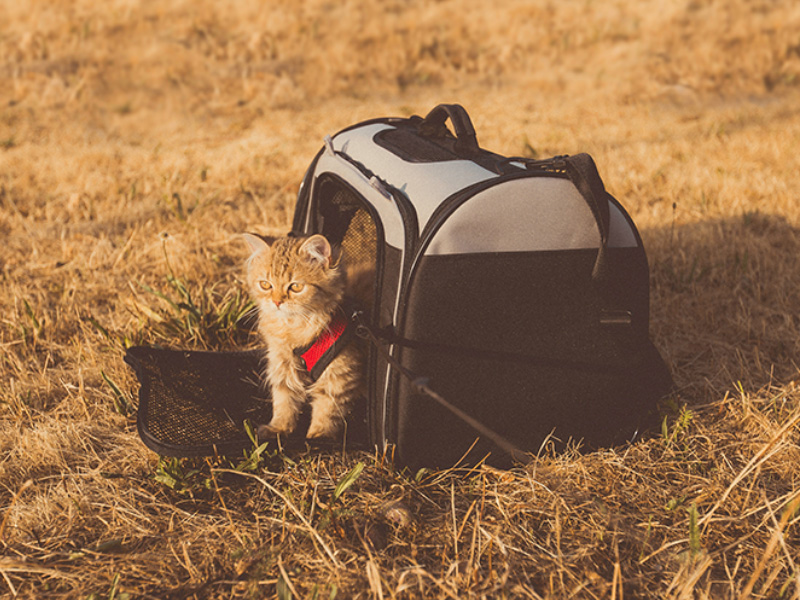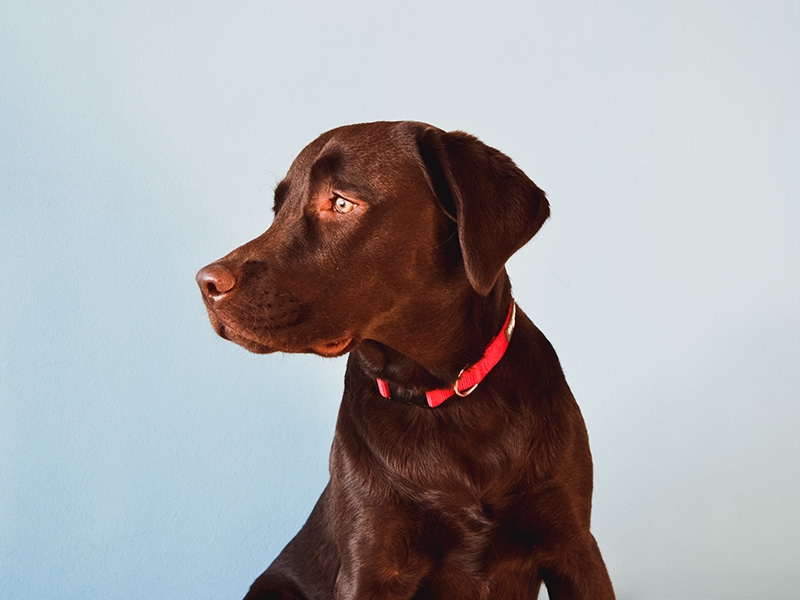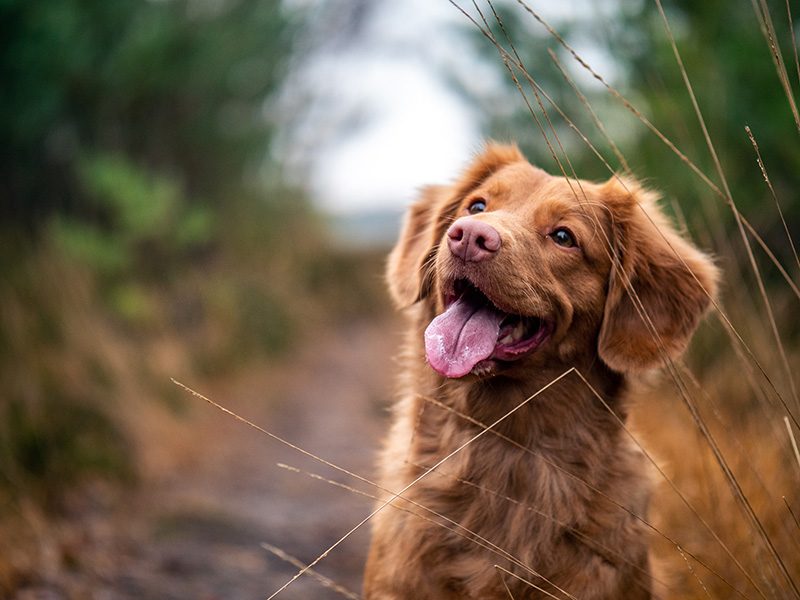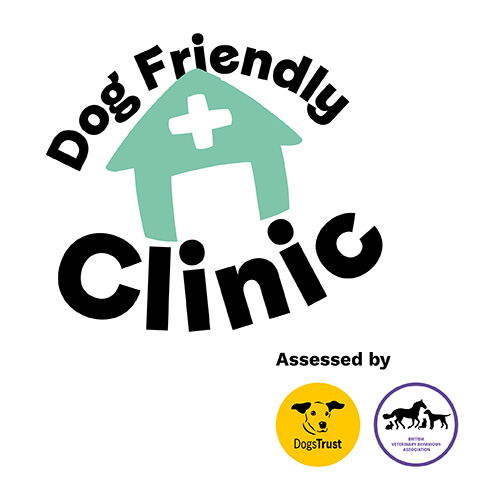My old dog is slowing down – but what does that really mean?
It’s a phrase that vets hear commonly - “she’s slowing down but she’s old”. While this is true, much the same as in people, as they get older they get slower, but what causes it and what can we do to help them?
Most of the time, owners notice ‘slowing down’ occurring on walks. As a younger adult dog, they might have been pulling on the lead, running off-lead or playing with a ball, nowadays they prefer to plod alongside or even behind owners, perhaps stopping to sniff more frequently and rarely picking up the pace unless there’s a particularly motivating reason such as chasing a squirrel.
Arthritis is a common cause of ‘slowing down’ and is caused by degeneration and inflammation of joints. It is a common misconception that because a dog is not yelping or ‘saying ouch’ that they’re not painful but again, much the same as in people, dogs with arthritis tend to be more subtle with their symptoms and carry on despite the discomfort. Signs of arthritis include;
- Hesitation when lying down
- Slow to stand
- Stiffness or limping, particularly after resting or exercise
- ‘Clicky’ joints
- More irritable behaviour
- Licking joints that are uncomfortable e.g. carpus (wrist)
- Reduced interest in playing
- Slowing down on walks
As we move into colder winter months, all these signs can become more obvious.
Over time, these changes and reduced activity levels can lead to loss of muscle over the affected limbs causing greater mobility struggles due to loss of strength.
The earlier arthritis is recognised, the sooner we can intervene and slow down the progression leading to increased longevity. Firstly, it’s always worth an appointment with a vet for a full examination to check for arthritis and muscle loss. The vet can also check for other causes of reduced stamina and slowing down on walks for example heart disease or thyroid conditions.
What can you do to help?
Joint supplements – These help to maintain the health of joint fluid and cartilage e.g. Antinol or Yumove
Healthy weight – Maintaining a healthy weight to limit pressure of joints
Bedding – Ensuring comfy, warm bedding. Specialist orthopaedic bedding can provide extra support, without being unsteady. Beanbags can be problematic as dogs can get ‘stuck’ in an awkward positions
Physiotherapy and hydrotherapy – helps to reduce inflammation and pain, improves joint health and can increase muscle mass and strength
Pain relief – relieves pain and discomfort associated with arthritis leading to better quality of life and ability to continue exercising to maintain muscle strength and provide mental stimulation
-
Previous
-
Next
